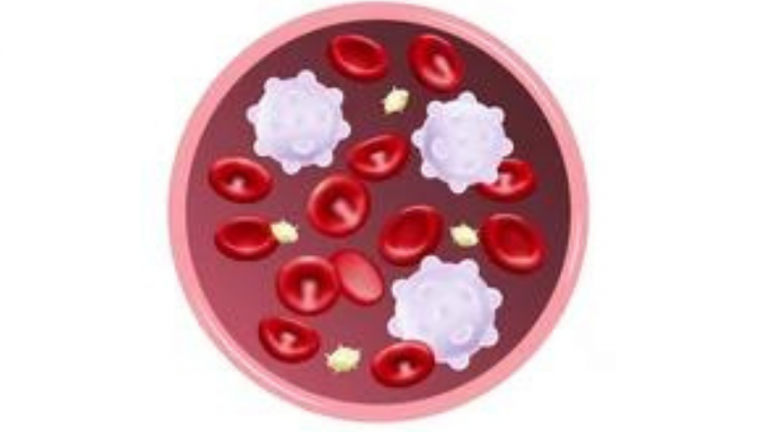What are the Known Allergens and a Food Example For Each?

The known allergens, as recognized by the European Union, are as follows, along with examples of foods that may contain each allergen:
Cereals containing gluten: Wheat, rye, barley, and oats are common sources. Foods like bread, pasta, cereals, and baked goods may contain gluten.
Crustaceans: Shrimp, crab, lobster, and prawns are examples. They are commonly found in seafood dishes and processed seafood products.
Eggs: Found in various forms, such as in baked goods, sauces, and mayonnaise.
Fish: Examples include salmon, tuna, and cod. Fish can be found in various dishes, including sushi, fish fillets, and canned fish products.
Peanuts: Peanuts are a common allergen and can be found in foods like peanut butter, snacks, and baked goods.
Soybeans: Soybeans are used in many processed foods, including soy milk, tofu, soy sauce, and various vegetarian or vegan products.
Milk: Milk from cows, goats, and sheep is a common allergen. It is found in dairy products like milk, cheese, yogurt, and butter.
Nuts: Examples include almonds, walnuts, cashews, and hazelnuts. Nuts can be found in various foods, including nut butter, granola bars, and baked goods.
Celery: Celery can be present in soups, salads, and processed foods as an ingredient or seasoning.
Mustard: Mustard seeds are used in mustard condiments, salad dressings, marinades, and some processed foods.
Sesame seeds: Sesame seeds can be found in bread, bagels, pastries, tahini, and various Middle Eastern and Asian cuisines.
Sulphur dioxide and sulphites (at concentrations of more than 10 mg/kg or 10 mg/L): Sulphites are used as preservatives in dried fruits, wine, processed meats, and certain condiments.
Lupin: Lupin can be found in some types of bread, pasta, and certain gluten-free products.
Molluscs: Examples include clams, mussels, oysters, and scallops. Molluscs are commonly found in seafood dishes and processed seafood products.
It’s important to note that these allergens can be present in various forms and may be found in unexpected foods. It’s crucial to carefully read food labels, seek ingredient information, and be cautious when dining out or consuming processed foods if you have known allergies.



